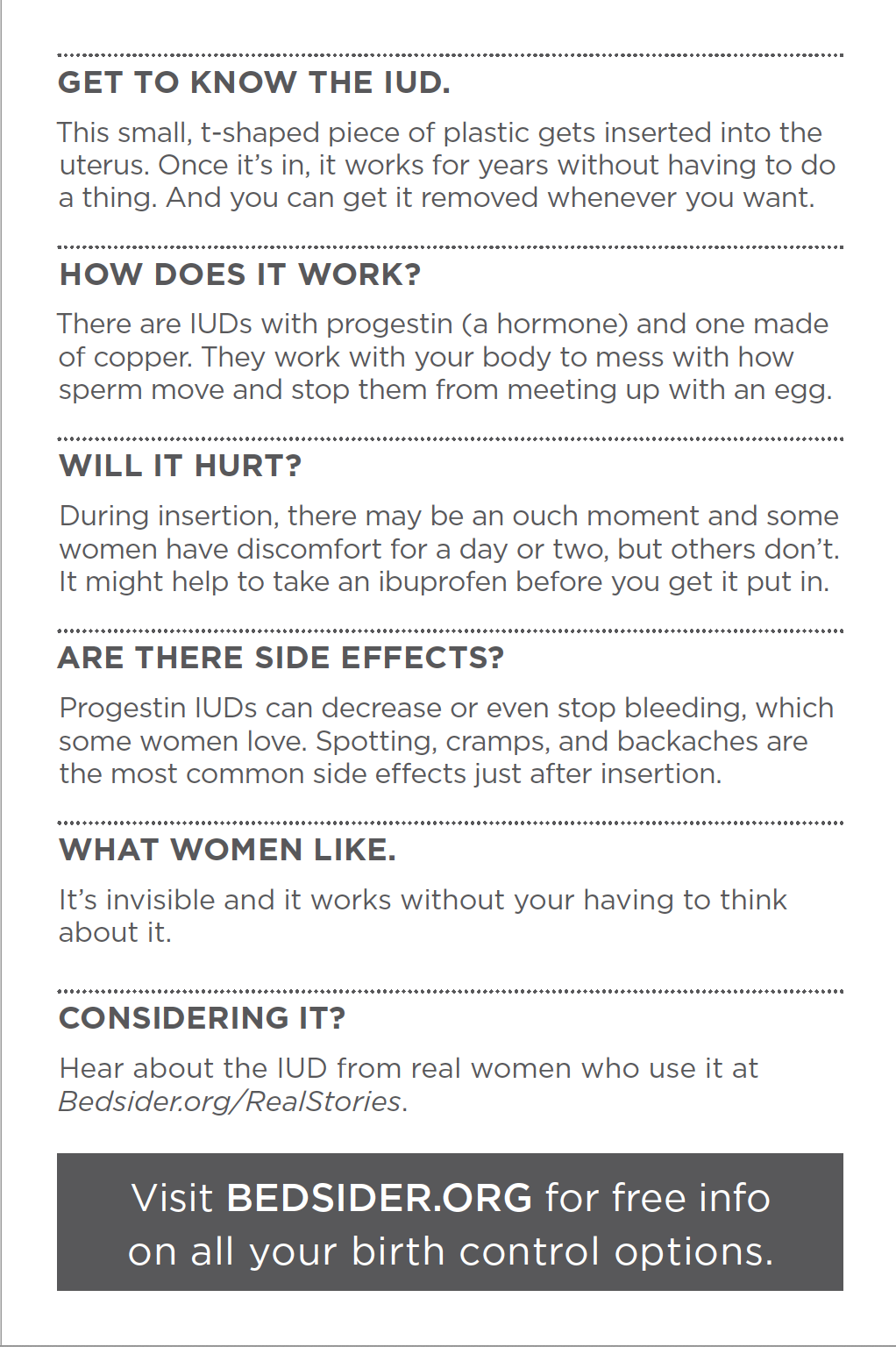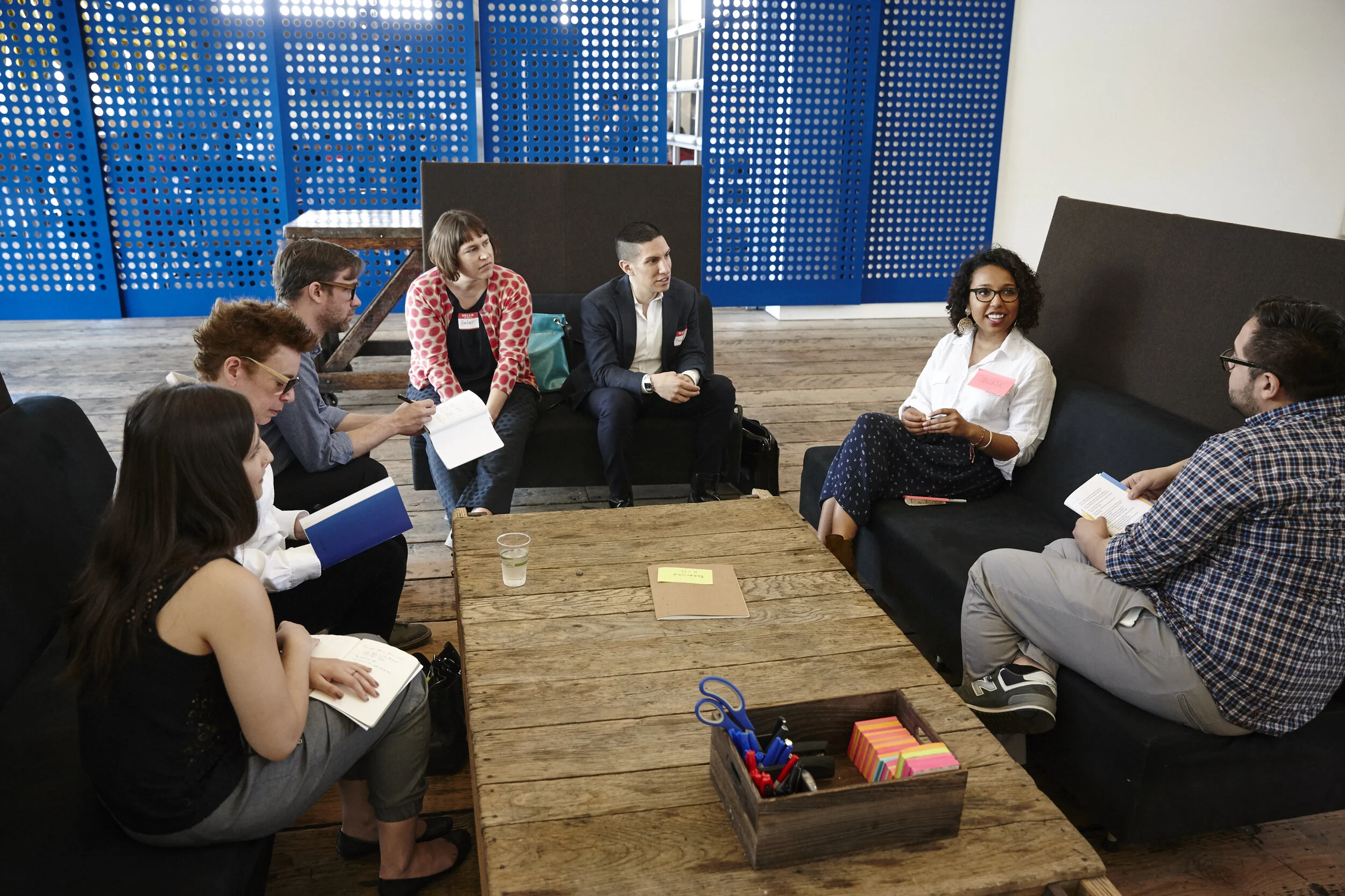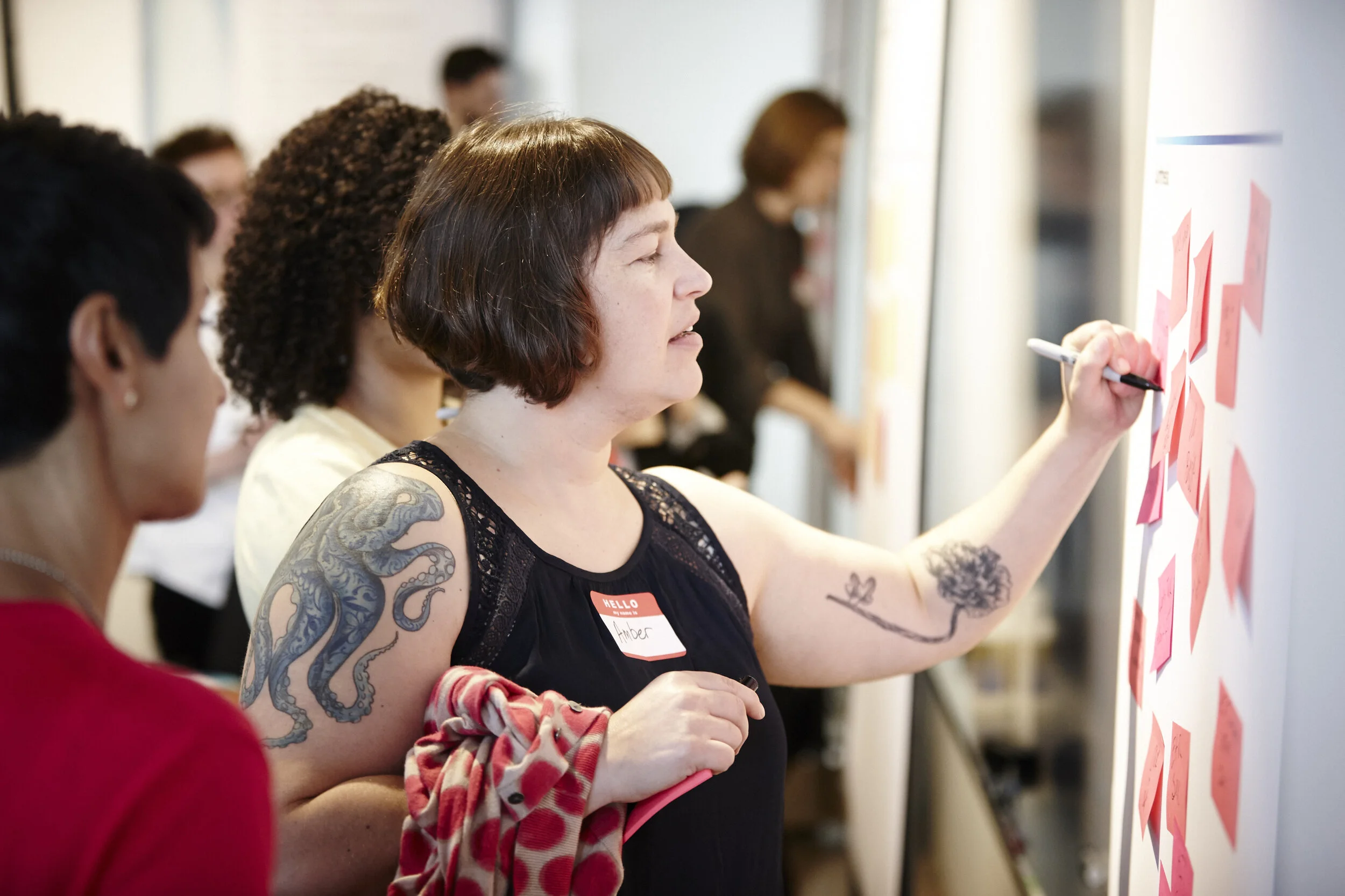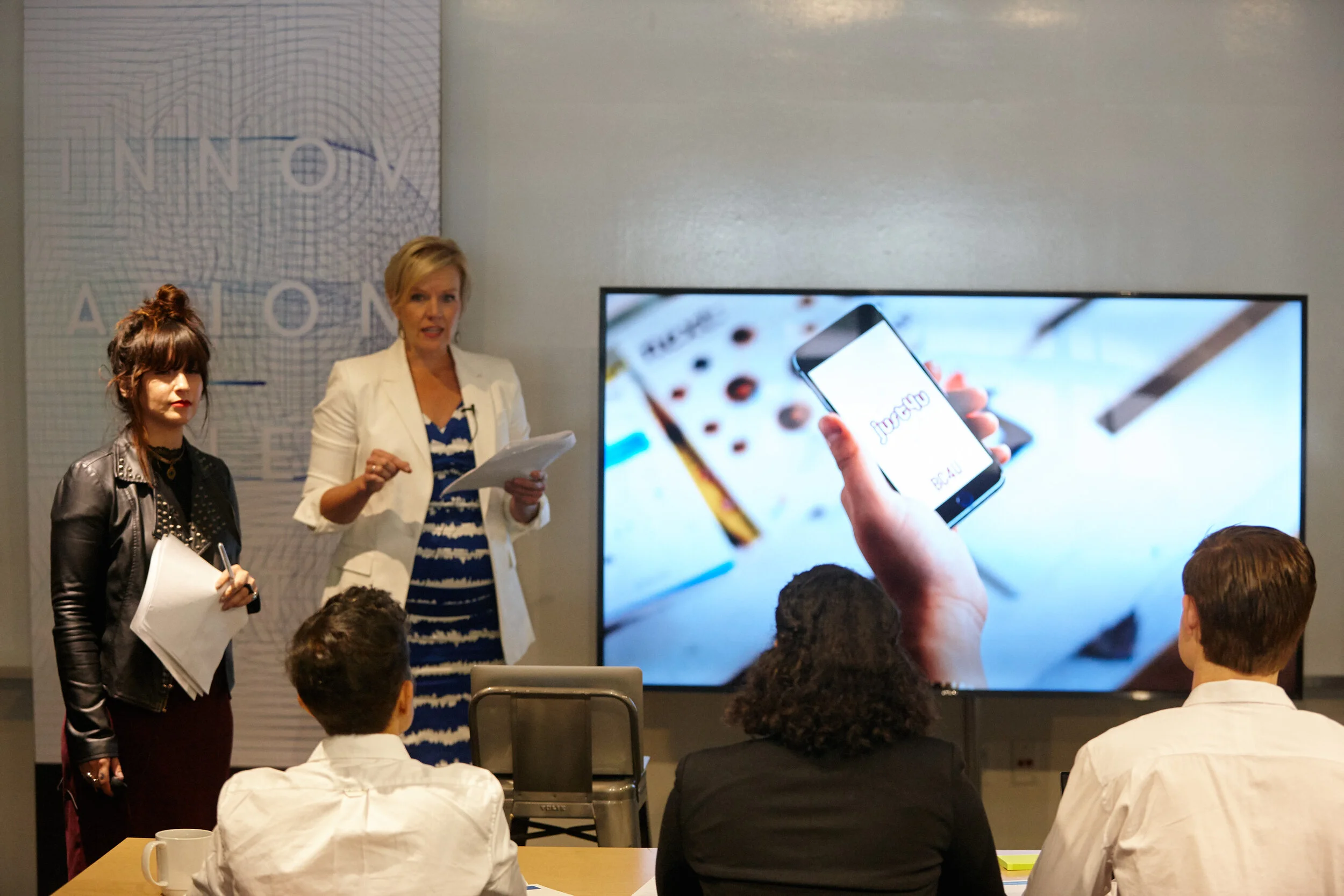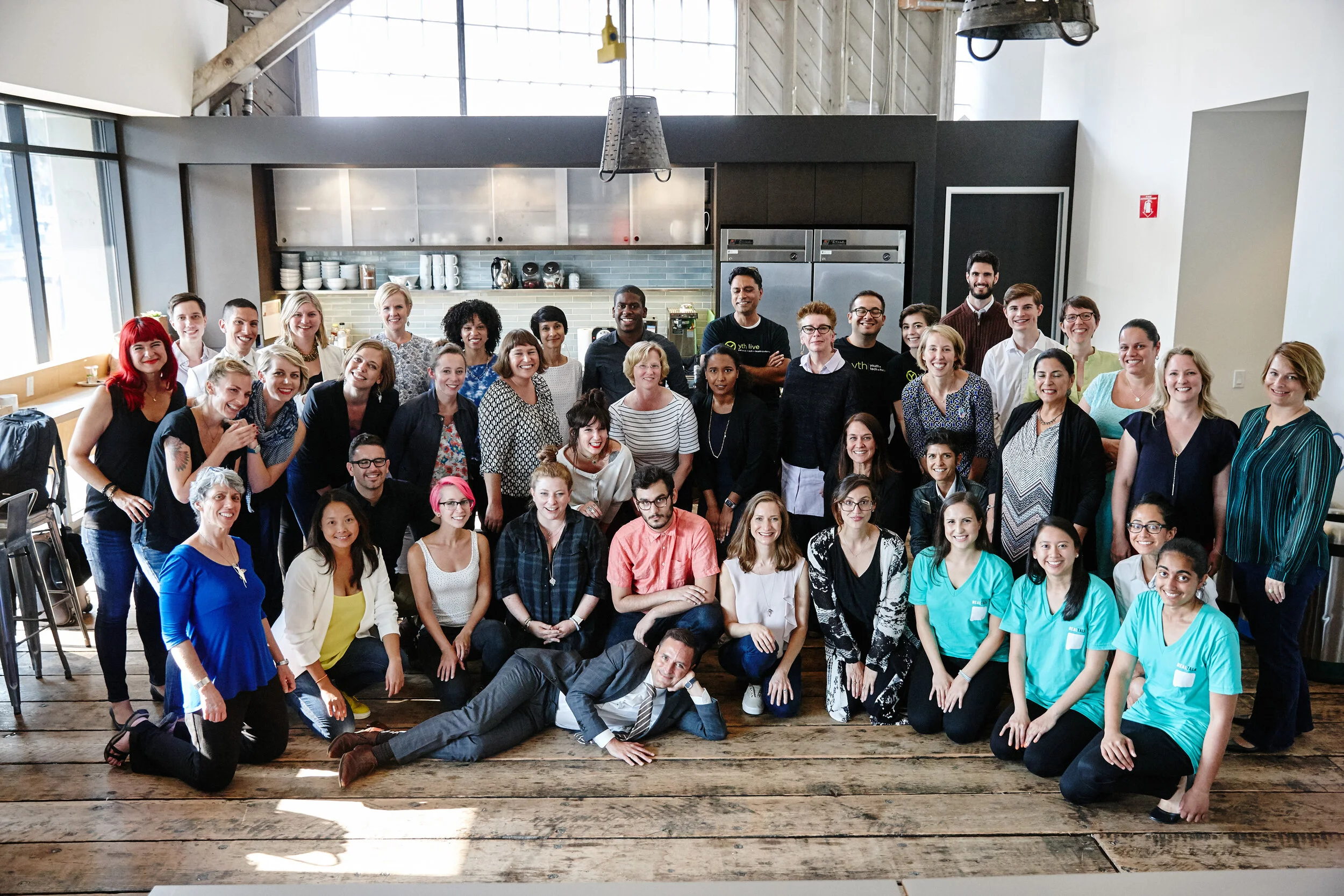Programs
As someone who built her career at the intersection of public health, behavioral research, and technology, I hit the professional jackpot by being a part of three programs featured here, all of which have behavior change and digital innovation at their core.
Across these programs, I was fortunate to work with world-class designers, developers, writers, health care providers, and public health professionals—all in the service of ultimately helping young people take charge of their reproductive health.
Bedsider
In 2009, The National Campaign to Prevent Teen and Unplanned Pregnancy (now Power to Decide) asked the global design firm IDEO to approach the high rate of unplanned pregnancies among young adults in the U.S. as a design challenge. Out of that engagement came Bedsider, a multi-touch birth control support system. I was one half of the Campaign’s then-tiny digital team that took IDEO’s recommendations and developed them into a full-fledged program.
For the first few years, we essentially operated as a startup within our organization, taking on a number of different roles and any tasks that needed completing. On any given day I might be testing a feature, editing copy, serving as subject matter expert, or developing partnerships.
Fast forward a few years (through the website launch in 2011, pilot testing, social media campaigns, marketing, the addition of new team members, and more) and an evaluation in 2015 found that Bedsider was the first digital intervention in the U.S. to improve reproductive health behavior among young adults—including fewer unplanned pregnancies.
Bedsider Providers
After we got Bedsider up and running for young adults, we knew we wanted to do more to help health care providers support their patients with birth control decisions. Enter Bedsider Providers, a program I oversaw from its inception.
We heard from providers that they wanted materials that looked like Bedsider, which was not—and still is not—the norm in any medical settings. We responded by creating posters, catalogs, tear sheets, and more—often provided at no cost to the clinic. I worked closely with our designer, medical experts, and partners on the content and information design.
As for digital tools, we built a website with original editorial content and a portal where they could manage customized method and appointment reminders for their patients (more on those in products). We also allowed providers to use our method photography and subscribe to an RSS feed of our method content, so that they could present accurate information while letting us worry about keeping it up to date.
I managed a number of clinical demonstration projects, where providers evaluated the use of Bedsider tools and materials in their practices. Among the findings were decreased no-show rates, increased use of and interest in long-acting contraceptive methods, decreased exam times, and favorable patient and provider reactions to Bedsider.
Innovation Next
From 2015 to 2018, I served as the technical lead for Innovation Next, a federally-funded accelerator program focused on developing technology-enabled ideas to prevent teen pregnancy. During my time on the program, we funded 15 teams of innovators to solve a range of complex challenges. Project aims included increasing emergency contraception access for teens, getting pediatricians to talk about sex, and delivering culturally-competent sexual health information to teens in the Navajo Nation.
I oversaw the initial application process, including managing submissions, developing the scoring rubric, and recruiting a panel of judges that included design, public health, and medical professionals as well as teens and young adults.
The winning teams were invited to San Francisco to attend a series of workshops hosted by IDEO. In the months between the in-person meetings, I coached the teams through the design process, ensuring they were adhering to the human-centered design methods they were learning, which could be a challenge for professionals who were trained to work in other ways. Helping the teams address sticking points, push through the ambiguity, and trust their observations was made all the more rewarding when I read in the program evaluation how it resonated with group members:
I thought Laura was great—she was hands-on when you needed it and she gave us space when we needed to just work on things. You felt like you were getting more from her and she was so invested. She brought us to big picture when we had trouble seeing it because we were in the weeds—just providing some options to think about things different.











